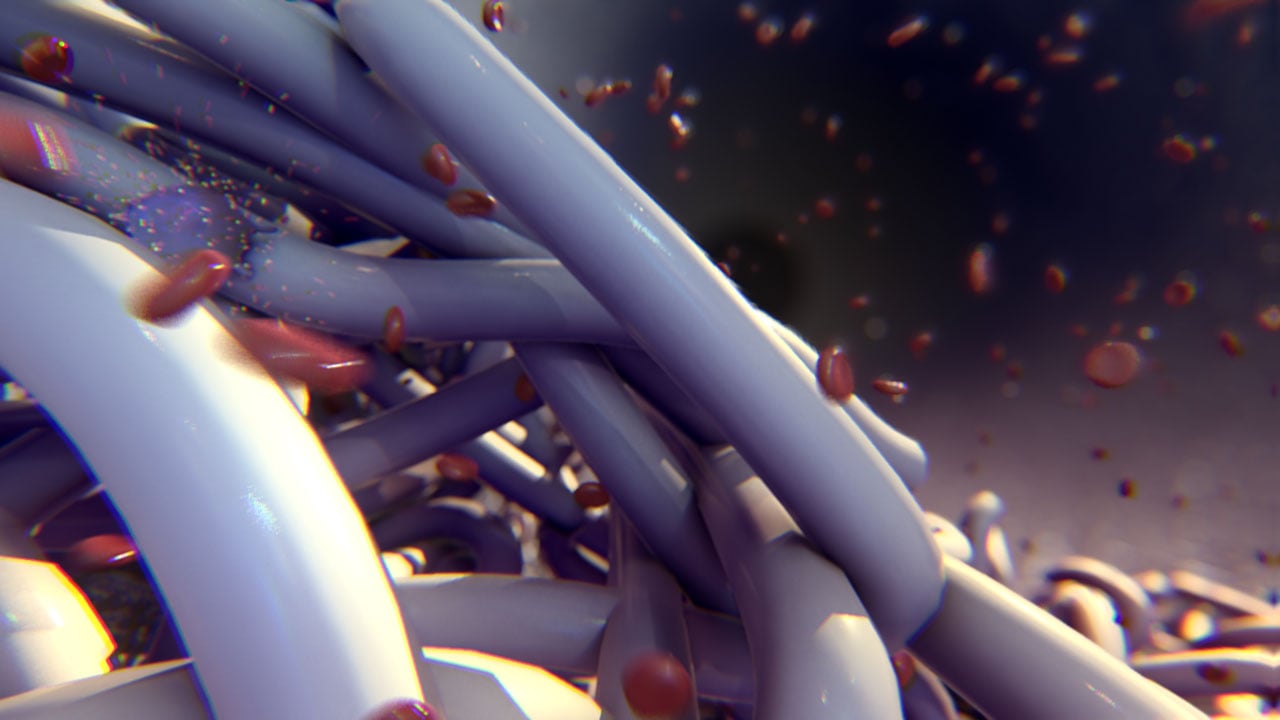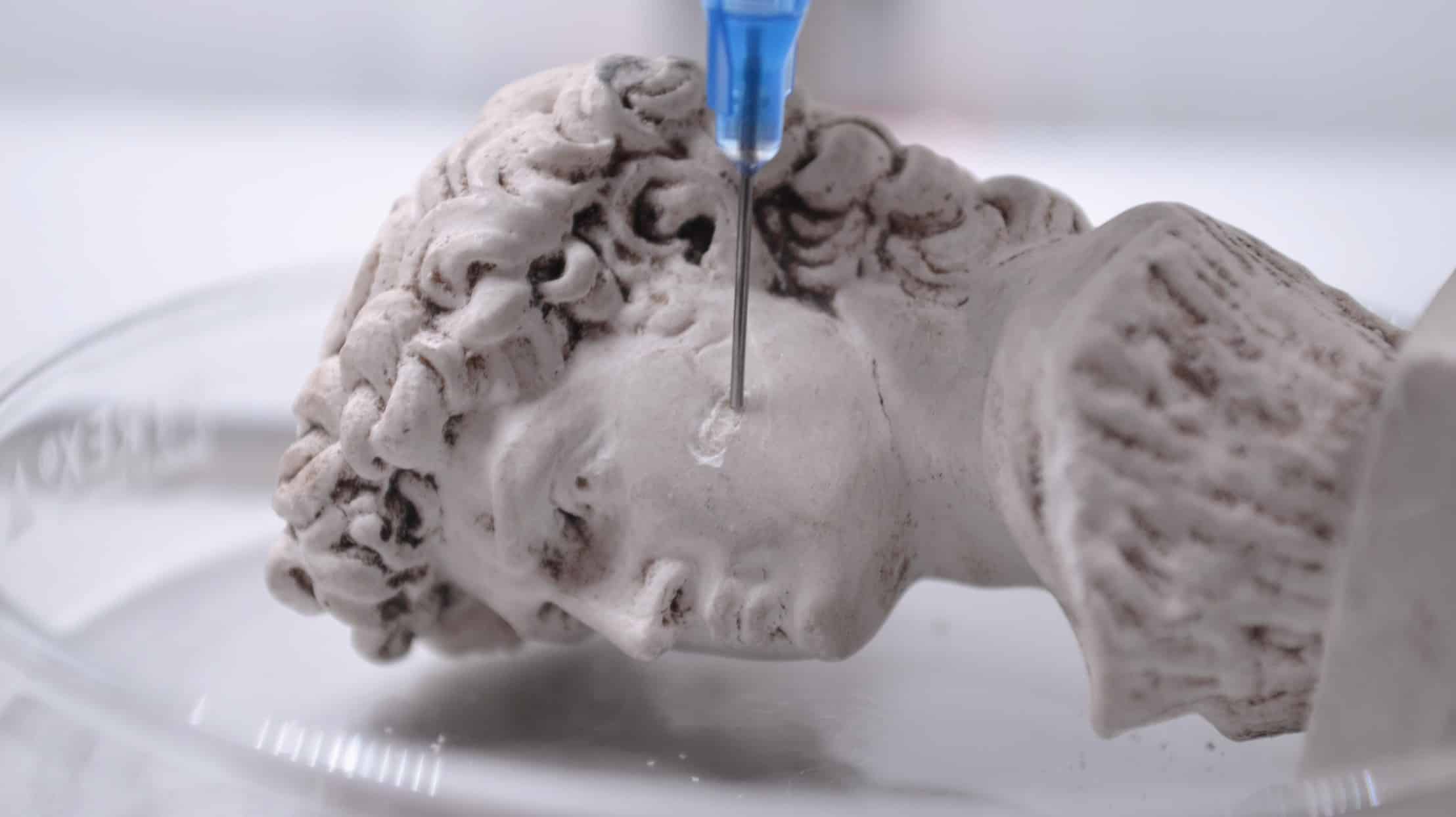
Scientists have developed fully biodegradable, high-performance artificial muscles. This new research project marks another step towards green technology becoming a lasting trend in soft robotics.
Artificial muscles are a progressing technology that could one day enable robots to function like living organisms, researchers from the Max Planck Institute for Intelligent Systems in Stuttgart, at Johannes Kepler University in Linz, Austria, and at the University of Colorado Boulder in the US explain in a press release.
Such muscles open up new possibilities for how robots can shape the world around us, from assistive wearable devices that redefine our physical abilities in old age to rescue robots that can navigate rubble in search of the missing. However, just because artificial muscles can have a strong societal impact during use doesn’t mean they have to leave a strong environmental impact after use.

A new, sustainable design
The scientists collaborated to design a fully biodegradable, high-performance artificial muscle – based on gelatin, oil, and bioplastics. They show the potential of this biodegradable technology by using it to animate a robotic gripper, which could be especially useful in single-use deployments such as waste collection. At the end of life, these artificial muscles can be disposed of in municipal compost bins; under monitored conditions, they fully biodegrade within six months.
“We see an urgent need for sustainable materials in the accelerating field of soft robotics. Biodegradable parts could offer a sustainable solution, especially for single-use applications, like medical operations, search-and-rescue missions, and manipulation of hazardous substances. Instead of accumulating in landfills at the end of product life, the robots of the future could become compost for future plant growth,” says Ellen Rumley, from CU Boulder, who was actively involved in the study.
“HASEL”
Specifically, the team of researchers built an electrically driven artificial muscle called HASEL. In essence, HASELs are oil-filled plastic pouches that are partially covered by a pair of electrical conductors called electrodes. Applying a high voltage across the electrode pair causes opposing charges to build on them, generating a force between them that pushes oil to an electrode-free region of the pouch. This oil migration causes the pouch to contract like a real muscle. The key requirement for HASELs to deform is that the plastic pouch and oil materials are electrical insulators, which can sustain the high electrical stresses generated by the charged electrodes.

Biodegradability is key, along with performance
The next step was finding suitable biodegradable plastics. Engineers, for this type of materials, are mainly concerned with properties like degradation rate or mechanical strength, not electrical insulation, a requirement for HASELs operating at a few thousand Volts.
Nonetheless, some bioplastics showed good material compatibility with gelatin electrodes and sufficient electrical insulation. HASELs made from one specific material combination could withstand high voltage actuation cycles without signs of electrical failure or loss in performance. These biodegradable artificial muscles are also electromechanically competitive with their non-biodegradable counterparts.
“By showing the outstanding performance of this new materials system, we are incentivizing the robotics community to consider biodegradable materials as a viable option for building robots,” Ellen Rumley continues. “The fact that we achieved such great results with bio-plastics hopefully also motivates other material scientists to create new materials with optimized electrical performance in mind.”
Selected for you!
Innovation Origins is the European platform for innovation news. In addition to the many reports from our own editors in 15 European countries, we select the most important press releases from reliable sources. This way you can stay up to date on what is happening in the world of innovation. Are you or do you know an organization that should not be missing from our list of selected sources? Then report to our editorial team.


